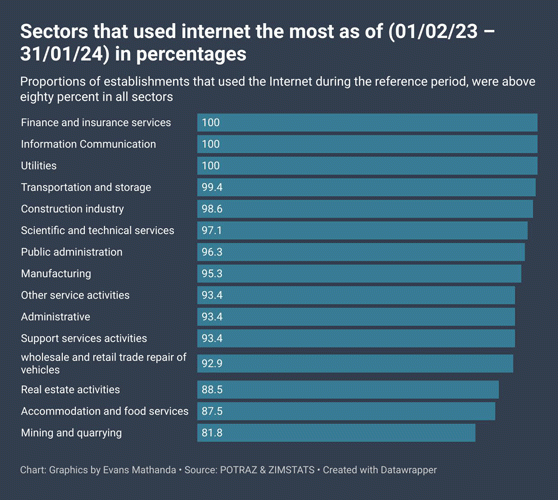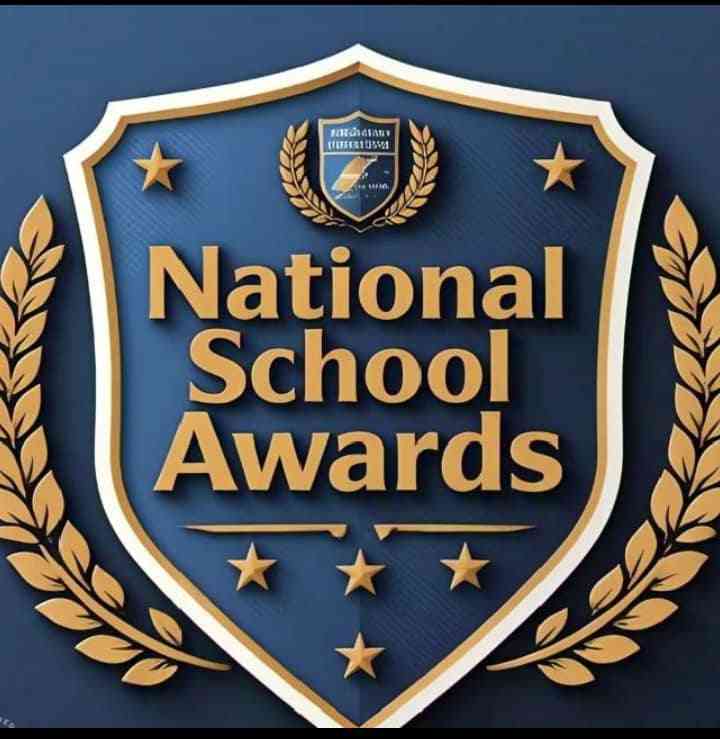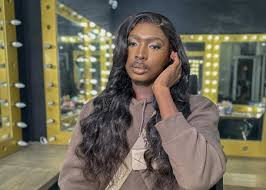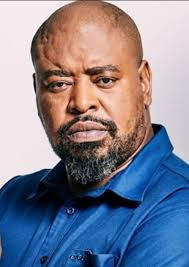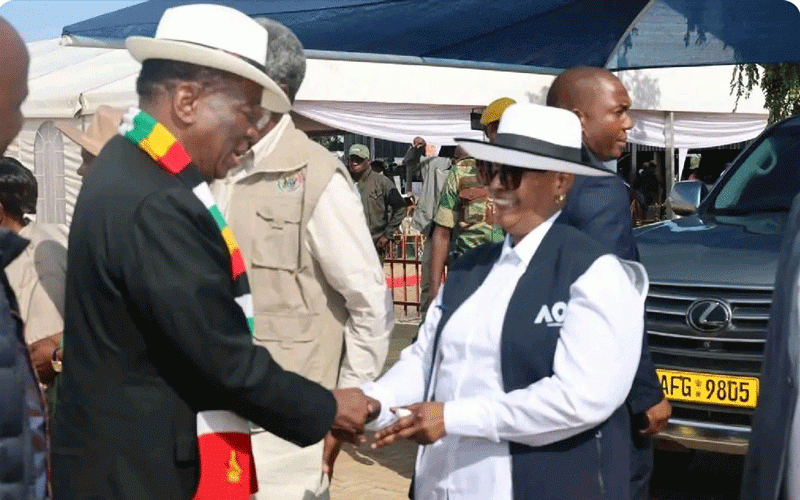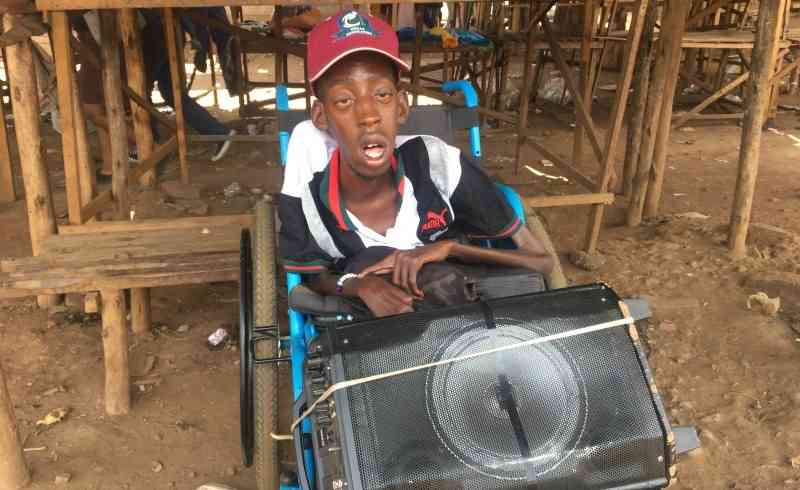
THE International Day of Persons with Disability is commemorated every year on December 3.
It, therefore, is imperative that as artistes and creatives we become aware of our role in advocating for disability rights.
Such activism is critically important because anyone of us might one day find themselves with a disability — through accidents, illness or age.
The International Day of PWDs also coincides with the 16 Days of Activism Against Gender-Based Violence (GBV).
The prevalence of the scourge of gender-based violence among PWDs is very worrying.
PWDs remain very vulnerable to GBV, hence the need for more awareness on the plight of PWDs.
The arts sector can play a pivotal role in the progression of disability identity over time.
It is of note that through song lyrics, poetry, writing of drama pieces, sculpture, and so on, artistes can raise issues of protection of rights of PWDs.
- Ngozi Mine’s young mothers suffering in silence
- Abducted tourists remembered
- Uproar over census figures
- Ngozi Mine’s young mothers suffering in silence
Keep Reading
PWDs have often been rejected and devalued as 'abnormal', and yet I have noticed that most of them are very gifted individuals in the arts sector and the academia.
All they need is support of their arts projects — and for those that are intellectually gifted, they need to be given opportunities in the job market.
PWDs can create images of strength and pride — the antithesis of dependency and helplessness.
It is of note that there are many artistes in Zimbabwe with disability who have shown great talent. These include Bulawayo’s talented painter Nompilo Nkomo, Chipo Muchegwa who plays mbira using her feet, Prudence Mabhena, Soul Bone, Greatman Gwaze and the late Dr Love Paul Matavire, who was a great entertainer.
All these are examples of PWDs that have defied the odds and penetrated a volatile industry which has been seen as meant for the “able bodied” and physically attractive and fit.
Mention can be also given to my friend Thando Ndlovu who annually hosts a beauty pageant, Miss Inspirational for PWDs in Bulawayo.
This is a critical stride in advancement of PWD rights, and the debunking of the negative attitudes and the social stigma which PWDs face.
The pageant shows us that PWDs are beautiful people and nothing can stop them from taking part in all aspects of life, including looking good and loving themselves.
I am very enthralled by the high quality of art at the Jairos Jiri art and craft centre, which has been notable capacitating PWDs with vocational art skills.
The art skills they have been capacitating PWDs have been very useful in the sustenance of their livelihoods.
In fact, it is the able-bodied that commit robberies and other vices because they do not want to use their bodies to work for a living, while PWDs have to do ten times more to be noticed for their work.
I like how my poet and writer friend, Qinisela Possenti Ndlovu uses the term “differently abled” when referring to PWDs. It totally demystifies negative narratives of disability.
This is so because they have been created differently; yet they also remain very human with feelings like us, with unique ways of expressing themselves; and are also very talented.
For example, for a person with eyesight or hearing impairment to graduate with a degree means that person is very intelligent.
It henceforth remains of importance that disability awareness is put into focus by artistes.
They must play a big part in expressing the plight and challenges of PWDs.
PWDs remain vulnerable to ostracisation, stigma and in a great many times, they face barriers to participate in everyday activities.
When artistes have big musical shows, for example, are the needs of PWDs considered, or they are just left out as if they do not need entertainment.
Do we have proper infrastructure for their inclusion in entertainment activities?
PWDs, especially those in wheel chairs often experience problems in accessing buildings, and transport, what more stadiums. We need to always plan with PWDs in mind.
A great many times society views PWDs from a charity lens. That is because our policies are not inclusive of PWDs and at the end they are not fully capacitated to face life and work for themselves even if they have the ability to do so.
We need to ensure that our children with disabilities go to school and take part in every activity.
In this regard, artistes need to come up with projects to debunk the negative attitudes and stigma that persons with disability face.
Artistes have a huge following and a voice that can be heard, especially if they advocate for the rights of PWDs in the same manner they are used to advertise products.
Artistes need to teach society that GBV on a PWD is very deplorable as these are mostly people that cannot physically defend themselves.
Let us introduce the disability discourse within the arts sector. We are not different; we need to celebrate the similarity of our innate humanity.
This disability culture thus seeks to explore, develop and celebrate the distinctness which can offer the lessons that push for integration to the world.
If artistes advocate for disability rights, it will assist in ending GBV on PWDs. Artistes should denounce all conformist rules which preach shame in one’s disability. PWDs are also individuals with a vision, they want to fully integrate into society and enjoy life.
Art has a positive role with respect to promoting positive disability identity and culture.
A critical factor is the impact of how arts-based teaching; that is edutainment, can enhance self-esteem and self-confidence on an individual level for artistes and also those with disabilities.
Art can be useful in helping the persons with disability to have the ability to transition and cope within the society.
Engaging with the arts could also help with issues of disability and impairment that affect transition and the identity-forming process.
Specifically, art can help the society as a whole to engage in a process of self-realisation in which they identify and address negative and oppressive perceptions of disability via their artwork.
As a result, artistes have to adopt a more positive, inclusive and potentially multi-identity perspective.
Disability art across media shares themes that have helped to shape disability culture: an engagement with political issues relevant to people with disabilities, a challenge to stereotypes, a focus on the lived experience of disability, and the development of alternative aesthetics based on the particularities of the bodies and minds of PWDs.
It should be of note that disability art explicitly rejects, critiques, or complicates traditional representations of PWDs. Those representations include stereotyping of disabled people as objects of pity, medical intervention, inspiration, fear, curiosity, or wonder; and at times at churches self-proclaimed prophets also pretend that they can ‘heal’ disability.
There is need for an end of GBV on PWDs and to redress the barriers to inclusion that they face in everyday life, especially women with disabilities.
Government must have budgets to support PWDs with artistic and other skills.
- Raymond Millagre Langa is a musician, poet, orator, writer and founder of Indebo Edutainment Trust. Follow Raymond Millagre Langa on Facebook, Instagram @Millagre Ray L. Email Raymond Millagre Langa on [email protected] or [email protected]

